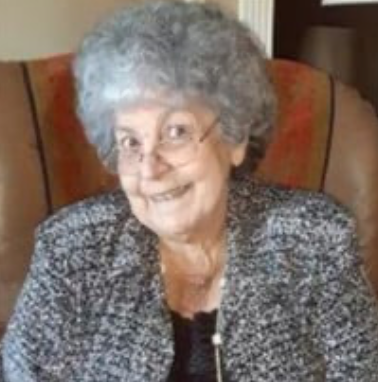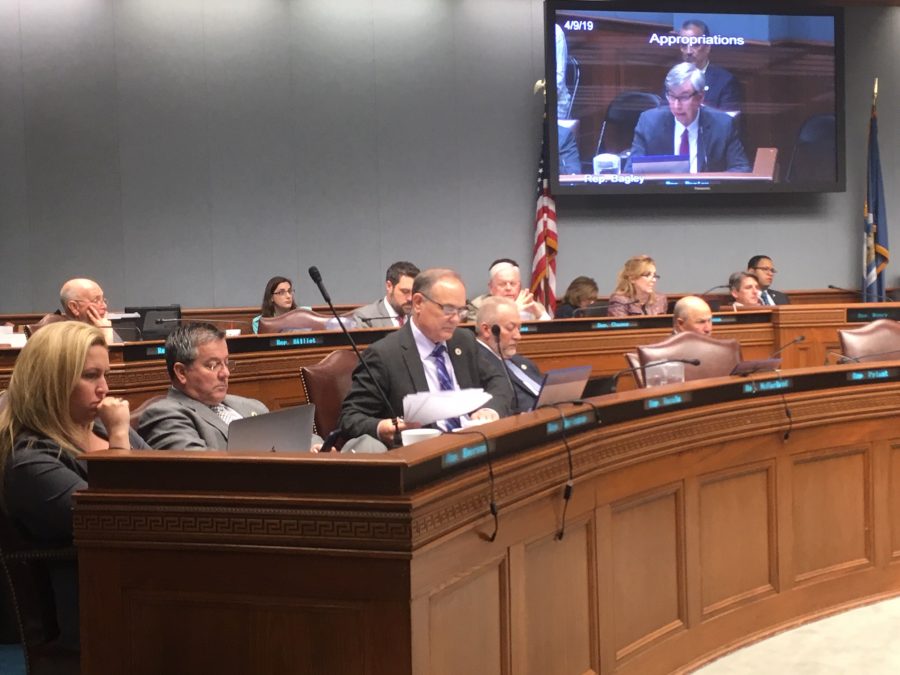
Mrs. Lola Kief Cantrelle
January 28, 2022
Flowering shrubs for the South
January 29, 2022By Lura Stabiler and Braxton Brown , LSU Manship School News Service
BATON ROUGE–As the Legislature gets ready to start a special session Tuesday on redistricting, one major focus is whether two of the state’s six congressional districts should be redrawn to give minority residents a better chance to elect two Black congressmen instead of one.
Black leaders and civil rights groups say that is only fair since African Americans make up nearly one-third of the state’s population and the 2020 Census shows that northern Louisiana, which has two white representatives in Congress, has lost population.
But Republicans want to hold onto the five congressional seats they have. And the politics will get even more complicated–and potentially tense–when it comes to redrawing the 105 Louisiana House districts and the 39 districts that send state senators to Baton Rouge.
The Census data shows that the suburban areas around New Orleans, Baton Rouge and Lafayette are among the fast-growing areas in the state, and their voters are mostly white and Republican. And most of the state legislative seats now held by Black politicians are in districts that lost some population and will have to be redrawn.
Lawmakers say the population shifts lay a foundation for debate, but political considerations play a huge role as state lawmakers battle each other to maintain their electoral advantages and the parties fight over a congressional seat that could help tilt the balance of power in Washington.
Adding even more intrigue is that Louisiana is the only Deep South state with a Democratic governor who could potentially veto the maps that the Republican-dominated Legislature draws.
As for how all of these considerations will affect how the district lines are redrawn, there is no way to know for sure what will emerge from the three-week special session.
“You have a lot of possibilities,” said demographer Greg Rigamer, a political consultant in New Orleans. “You can configure them in all sorts of ways to meet the minimum requirements,” he said.
Rigamer said there are many ways mathematically to make the districts even in population, but politicians have different ideas to make the redrawn lines benefit their party. He the Republicans are hoping to keep the congressional districts the same but with small variations.
Rep. Tanner Magee, the second-ranking Republican in the state House, said he expects the House to “draw its maps in a way that we have always done stuff, which is fairly cooperative.”
Will North Louisiana Keep Two Congressional Seats?
The Democratic Party is fighting to condense the two northern congressional districts, which now sit side by side running north to south, into one horizontal district along Interstate 20, so another majority-minority district could be added to south Louisiana.
Jared Evans, policy counsel for the NAACP Legal Defense Fund, said that black voters have been packed into District 2, which meanders from predominantly Black areas in New Orleans to similar neighborhoods in Baton Rouge.
The NAACP submitted seven different district maps to the legislature a few weeks ago that included two majority-minority districts, said Evans.
“In all the seven maps, we proposed splitting up New Orleans and Baton Rouge,” said Evans, “New Orleans remains the anchor of the 2nd Congressional District, and Baton Rouge would be the anchor of an additional majority-minority congressional district.”
But Republican leaders, like State Rep. Jack McFarland from Jonesboro, said northern Louisiana needs to hold onto all the representation it can get to help it recover economically.
Rigamer said it also is possible for the Legislature to keep the six congressional districts much like they are with some changes.
Referring to the suburban seats around New Orleans and Baton Rouge now represented by Republican Reps. Steve Scalise and Garrett Graves, Rigamer said: “You can maintain the current district configuration with some changes, making Congressional District 1 and Congressional District 6 give up some people, which they have to do.”
The growth is in the Southern part of the state
Besides the size of the state’s Black population, part of the pressure to take a congressional seat away from northern Louisiana comes from the new Census data, which was released in August.
Although Louisiana overall has seen a small population growth rate of 2.7%, the 2020 census results show that northern parishes have experienced significant population loss while suburban areas in the southern parishes saw substantial population growth.
According to the 2020 Census, St. Bernard Parish and Orleans Parish in the New Orleans metro area and Ascension Parish in the Baton Rouge metro area saw some of the largest population growth rates. St. Bernard Parish had the largest increase of 30.8% from the 2010 Census count, and Ascension Parish had an increase of 20.6%. Even Orleans Parish itself had an increase of 11.69%.
By contrast, many northern parishes lost population, according to the 2020 census. Tensas Parish had a 22.32% decline, Vernon Parish saw a 12.6% decline, Winn Parish had a 12.20% decline, and Catahoula Parish saw a 10.7% decrease.
Why have so many northern parishes seen a steep decline? Rigamer and District State Representative Neil Riser, a Republican from in Columbia in Caldwell Parish, the answer is clear. All the jobs are saturated in southern cities like New Orleans and Baton Rouge.
“People follow the bucks,” said Rigamer.
Rep. Riser said that jobs are dwindling in northern Louisiana. Riser’s district represents parishes that have seen some of the largest declines, like Tensas Parish, Catahoula Parish and Caldwell Parish. He believes that technology is a driving factor leading people to the southern districts. Riser said that bigger cities with more job opportunities have better internet connectivity and access to technology.
The increase in population in the south can also be attributed to trends that show gains in the population from areas extending between Highways I-10 to I-12.
“I believe that you can attribute some of the growth to people who have returned back following the severe storms that Louisiana has faced over the past 40 years,” said Dr. William Blair, Director of Demographic Services for the Louisiana Legislature.
Rigamer noted that Orleans Parish is experiencing more of a population recovery than population growth as more of the people who moved after Hurricane Katrina trickle back.
In 2000, Orleans Parish had a population of 484,000, and by 2010 this number dropped to 343,000, said Rigamer. Now the population sits at 383,000.
The population in Ascension Parish, a predominantly white area near Baton Rouge, has almost tripled since 1990, with an increase of over 80,000 residents. According to the Census data, Ascension is home to 130,096 residents, making it the 14th largest parish in Louisiana.
“Much of the population growth we experienced happened at a quick pace,” said state Rep. Tony Bacala, who lives in Prairieville.
Senator Katrina Jackson, a member of The Louisiana Legislative Black Caucus and senator from Monroe, favors another majority minority district.
“There are minorities in north Louisiana that do not feel like they are fairly represented,” Jackson said.
What will happen with the state legislative districts?
But according to a recent analysis by The Advocate, the racial politics may get even more heated when it comes to redrawing the state Senate and House districts.
The newspaper found that 70% of the 27 state House districts represented by Black lawmakers will need to be redrawn to add more people to reach the minimum population total of 44,000 for each district.
The Advocate also found that five of the 10 state Senate districts held by Black politicians will need to be redrawn to add more people.
In some cases, the adjacent districts are represented by white lawmakers, who will not want to lose some of their loyal constituents.
What will happen over the next three weeks is hard to predict.
“Anything is possible during redistricting,” said Sen. Jackson.
Margaret DeLaney and Grace Schaumburg contributed to this story.












